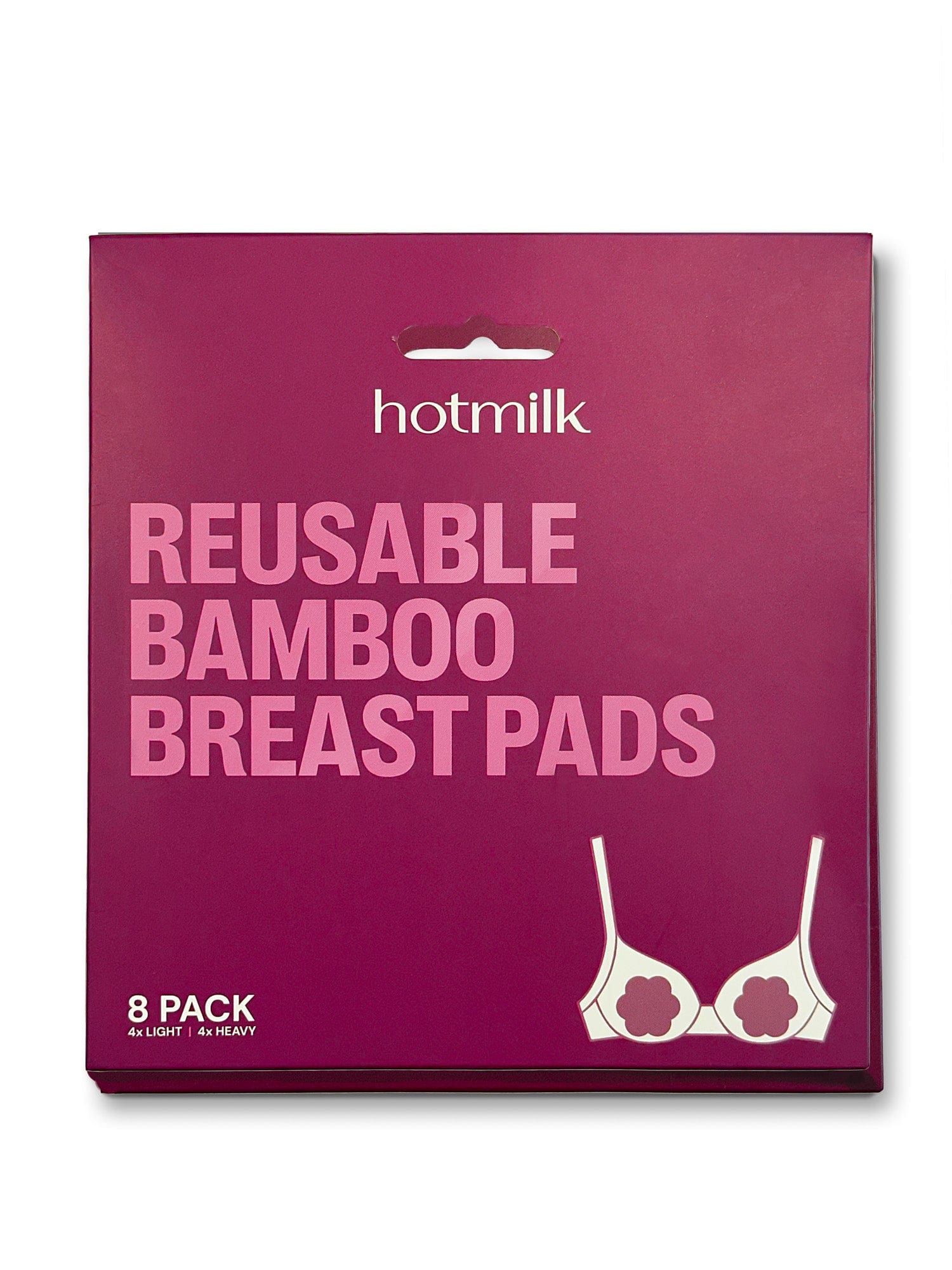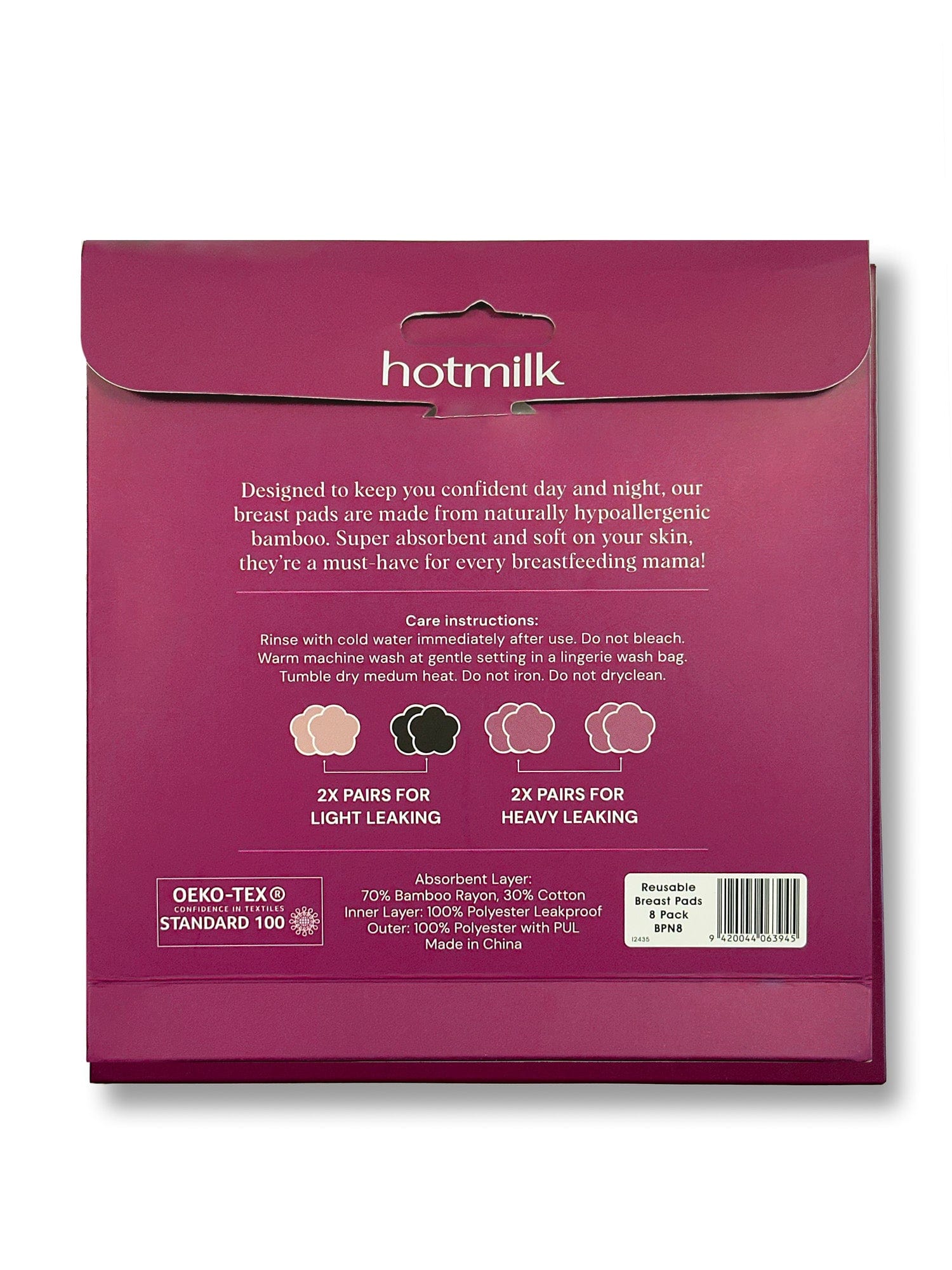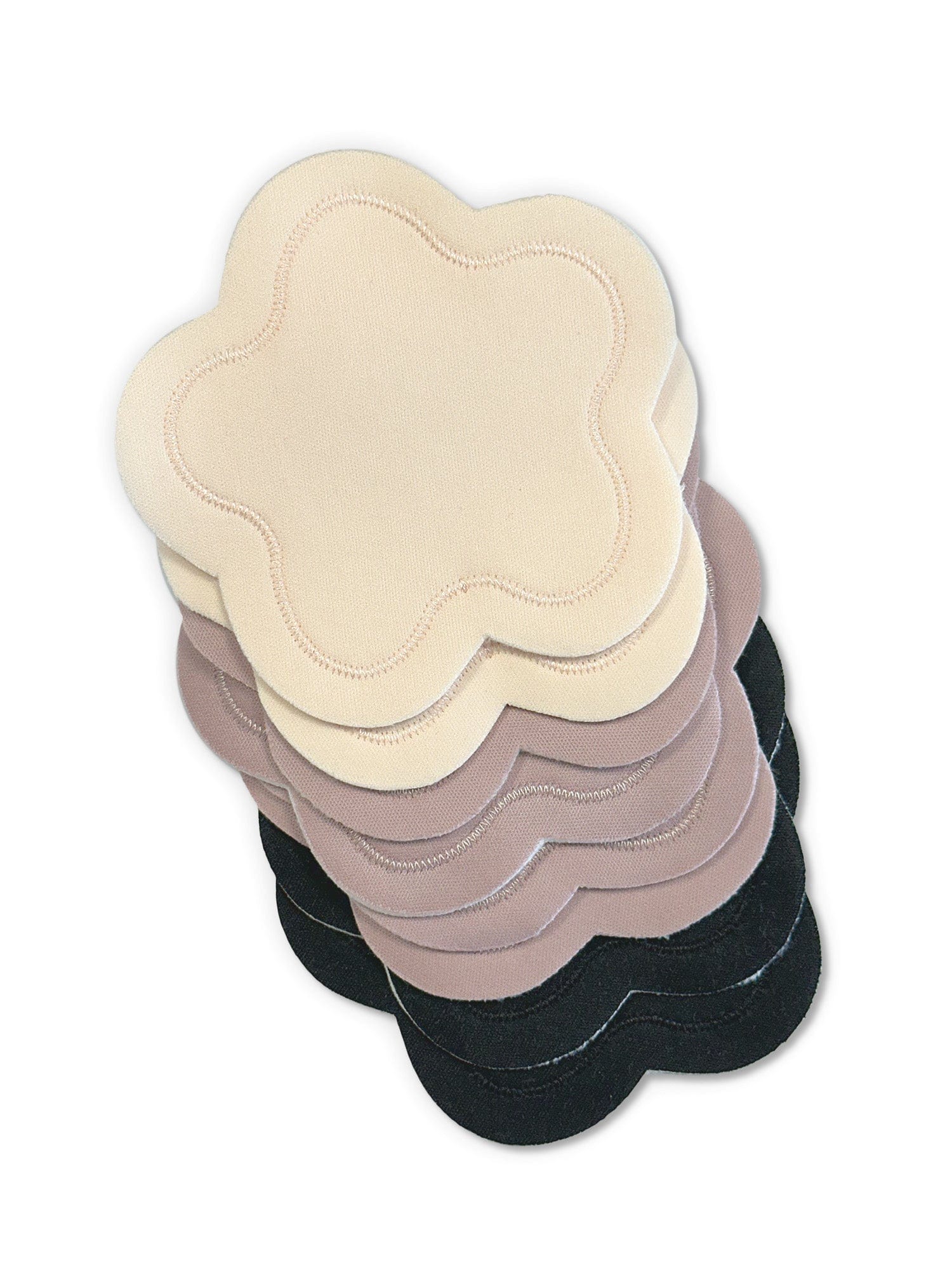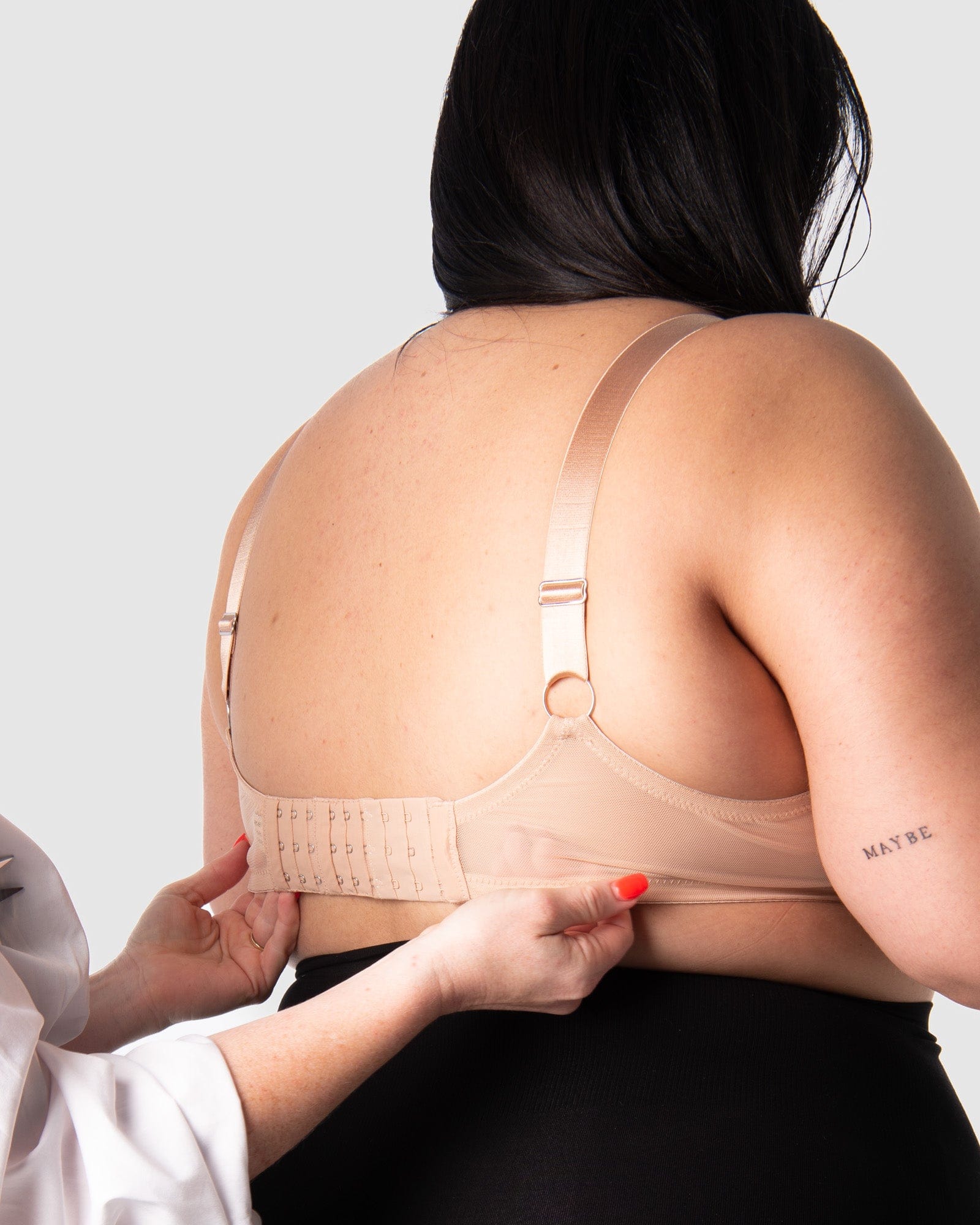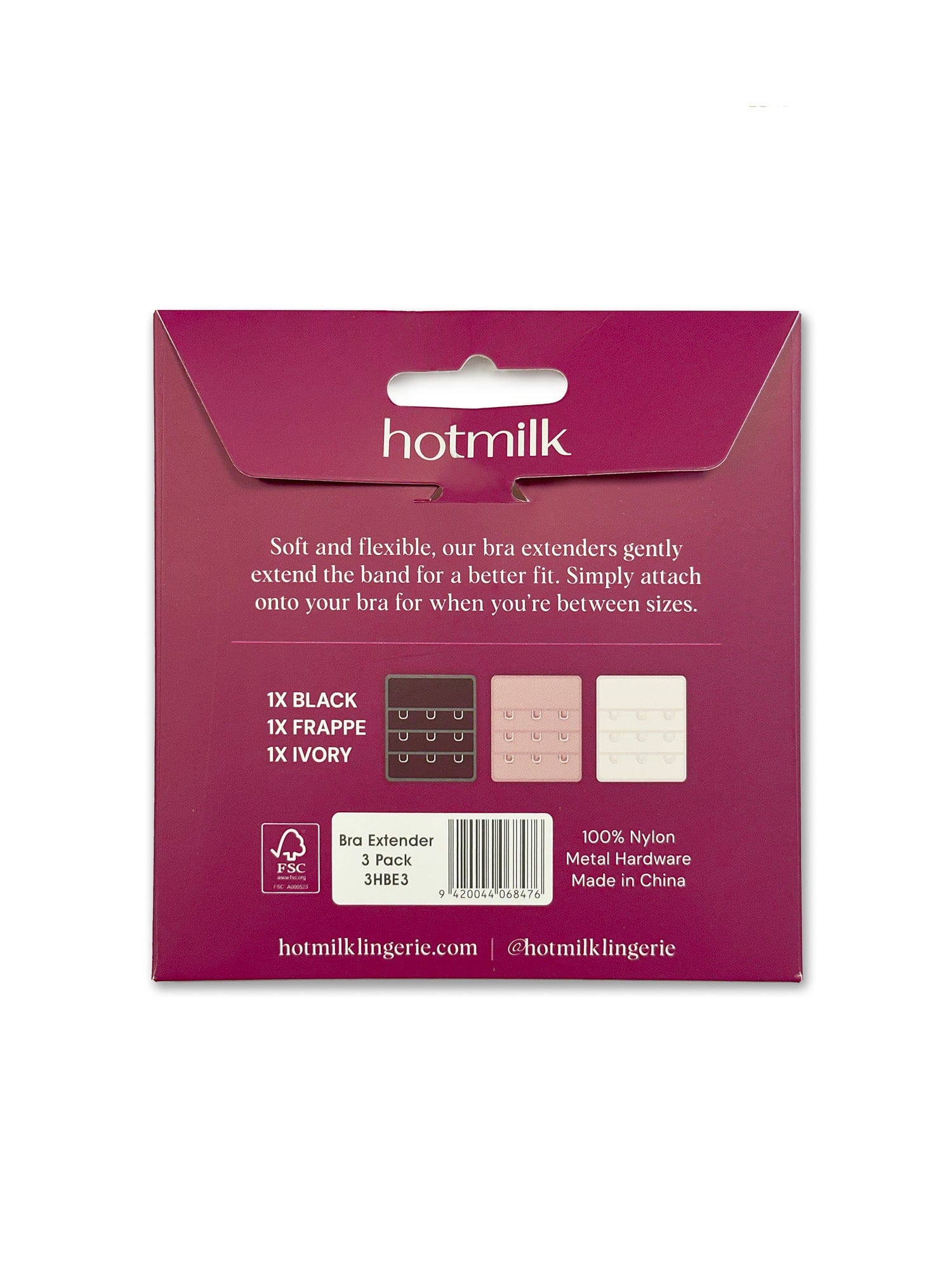As your due date nears, excitement builds, but so can discomfort. By 40 weeks, many mamas feel stretched to their limits and eager to meet their baby. While labor is a natural process, some may look for gentle ways to encourage things along.
If you're searching for natural labor-inducing techniques, we've got you covered! From movement to relaxation methods, we’ll explore 10 natural ways to help stimulate labour. Always consult your healthcare provider before trying any new approach. Stay empowered, mama — you're almost there!
Methods to Naturally Induce Labour

-
Stay Active with Gentle Movement :
Light exercise like walking or prenatal yoga may help encourage labor by assisting baby’s descent and applying gentle pressure on the cervix. Stay active safely -avoid overexertion and choose pregnancy-friendly activewear for comfort. Check out Hotmilk’s Activewear Collection, designed to support you through pregnancy and beyond! -
Acupuncture and Acupressure :
Acupuncture and acupressure have been used for centuries to promote labor induction. By targeting specific points on the body, these techniques can help stimulate contractions and initiate the labor process. It's crucial to consult a certified acupuncturist or acupressure practitioner specializing in prenatal care. -
Evening Primrose Oil :
Evening primrose oil is a natural supplement rich in prostaglandins and can be taken orally or applied topically near the cervix. Prostaglandins help soften and ripen the cervix, making it more favorable for labor. Before using evening primrose oil, it's worth consulting your midwife to determine the appropriate dosage and method. -
Spicy Foods can bring on labour :
Although the connection between spicy foods and labor induction is anecdotal, some mamas swear by it. Spicy foods may stimulate digestion and potentially trigger contractions, though evidence is anecdotal. If you have a sensitive stomach, proceed with caution. -
Late Pregnancy Relaxation Techniques :
Relaxation plays a vital role in promoting labor. Engaging in calming activities like deep breathing, meditation, or prenatal massages can help reduce stress and tension. When you're relaxed, your body is more likely to release oxytocin, which, as we know, can trigger contractions and kickstart the labor process. -
Raspberry Leaf Tea :
Drinking raspberry leaf tea during the final weeks of pregnancy is believed to have several benefits, including toning the uterus and potentially facilitating labor. While research on its effectiveness is limited, many mamas find it helpful. Love Tea Raspberry Tea is a favourite! As always, consult your midwife before incorporating any herbal tea into your routine. -
Spinning Babies Techniques :
Spinning Babies is an approach that focuses on optimal fetal positioning to encourage a smoother labor. Techniques such as forward-leaning inversions, pelvic tilts, breaststroke swimming, and other gentle exercises can help your baby find an optimal position for birth. Your midwife will be able to advise of different techniques that are right for you. -
Warm Baths :
A warm bath can relax muscles, ease discomfort, and may help encourage labor. Keep the water at a safe temperature and limit soak time. Stay cozy post-bath in our maternity lounge robe, designed for comfort and convenience.
-
Sex to Bring On Labour :
Engaging in sexual intimacy with your partner can help stimulate labor. Now, we know the thought of sex when you are heavily pregnant may not be the most inviting thought, however, semen does contain prostaglandins, and sexual activity can trigger the release of oxytocin. Additionally, orgasmic contractions can have a positive impact on initiating labor. -
Stretch and Sweep:
a procedure used to start a natural labour. Sometimes called sweeping or stripping the membranes, it is offered to women who are close to or past their due date. Your midwife or healthcare provider can perform this procedure.
It's essential to remember that natural methods for inducing labor may not work for everyone, and each pregnancy is unique. If you're considering trying any of these tricks, consult with your healthcare provider or midwife first to ensure they are safe and appropriate for your specific situation.

When to Head to the Hospital During Labor
During early labor, you may feel mild, irregular contractions. It's helpful during this stage to stay home where you're comfortable. Now is also a good time to have your support person double-check that your hospital bag is ready. Check out our Hospital Bag Collection for tips on what to pack, including beautiful breastfeeding loungewear.
When contractions become regular, painful, lasting one minute each and occurring at least every five minutes for more, it's time to head to the hospital. This is the transition from early to active labor. During early and active labor, staying in contact with your healthcare provider is important.





